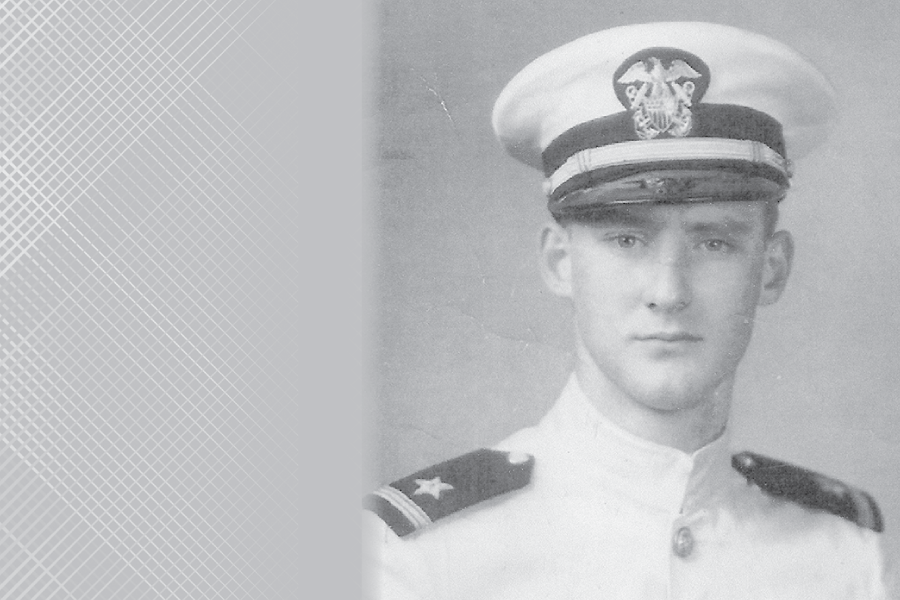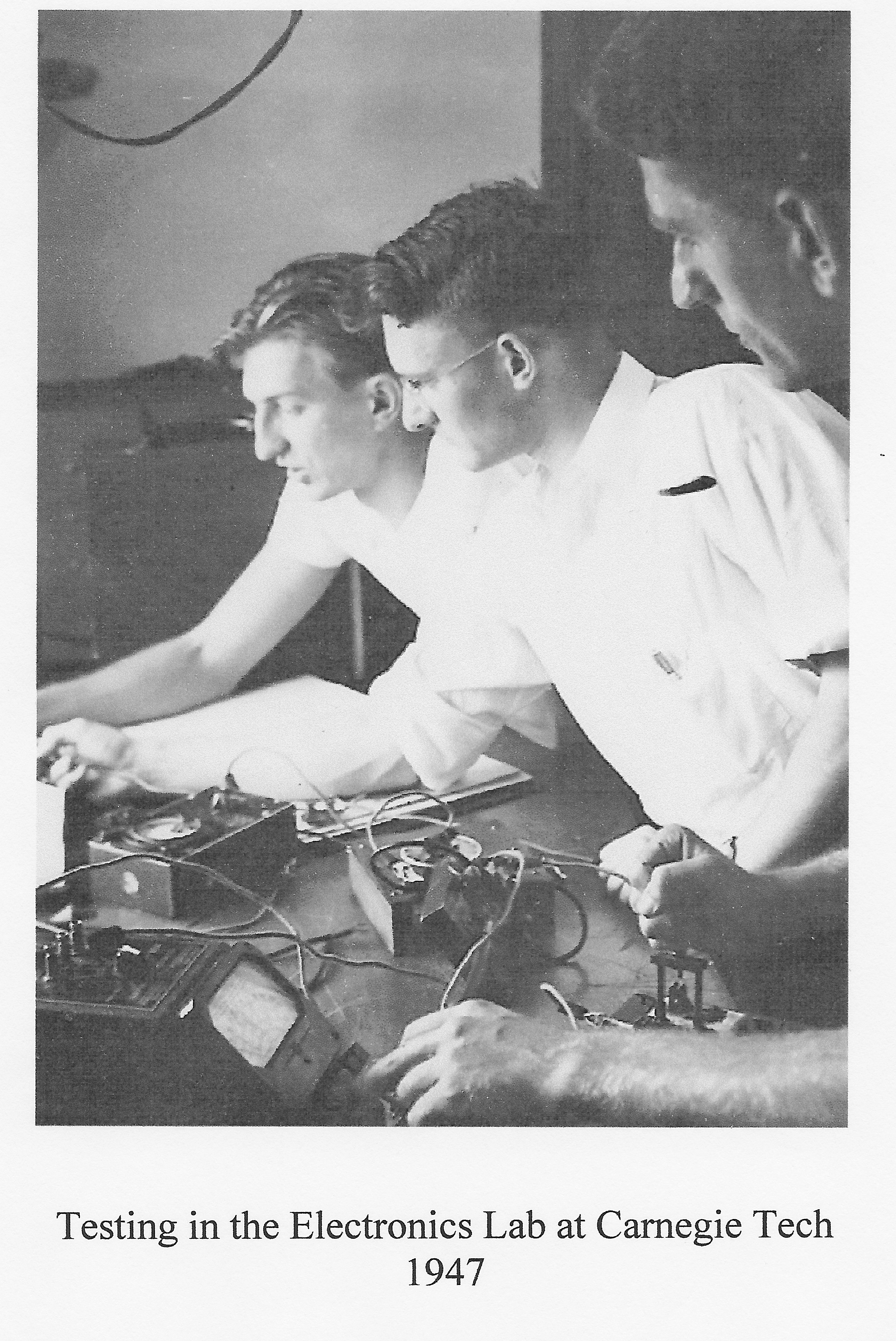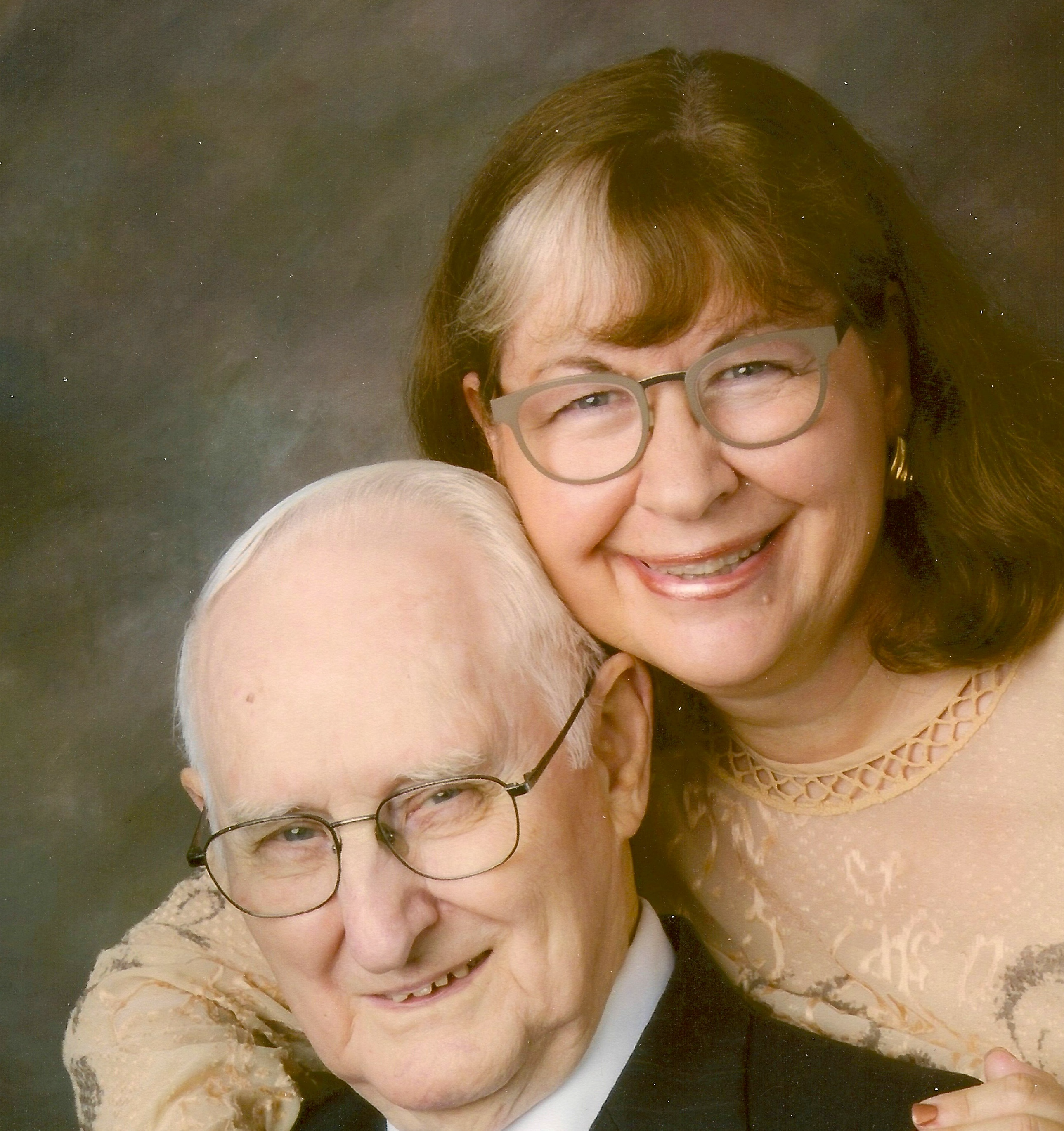
Alum reflects on engineering career
Don Abell’s engineering career took him from the suburbs of Pittsburgh to the far side of the world, spanning over 60 years and nearly every continent.
Abell was born in Pitcairn, just outside of Pittsburgh, in the 1920’s. He enrolled at the Carnegie Institute of Technology (CIT) and completed his first year of engineering coursework, but at that point World War II was fully underway and the U.S. had entered the war. Knowing that he may very well soon be called to serve his country, Abell took the initiative and joined a Navy training program.
After his induction into the Navy, he was sent first to Cornell, then to Georgia Tech, and finally to Naval Officer’s Radar School in Maine, where he learned technological skills such as assembling a radio from parts and how to operate and repair the recently invented radar system. Abell went to sea just in time to witness the end of the war, though he and his shipmates still braved the dangers of undetonated Japanese naval mines as they worked to ferry troops and supplies back home.
After three round-trips across the Pacific, he left active Navy service and returned to CIT. His tuition and books were payed for under the GI bill, and after attending three universities and having gone halfway across the world, he would finally obtain his degree back where it had all begun.
One class in particular stuck in his memory, in which the students were given information on a real-world scenario and asked to identify and solve the problem—a skill which he would exercise and refine for decades to come.
After graduation he entered a rotational program with Westinghouse and eventually found himself drawn towards their industrial automation division, landing in Buffalo, N.Y. Between the stagnation of the Great Depression and the necessity for uninterrupted production during the war, American industry was badly in need of an update.
“I designed the control systems for the machinery, for the motors that ran the different kinds of mills,” says Abell. “Then I had to go out and actually supervise the installation of the equipment and make sure it was all functioning properly.”
One of his first projects took him abroad, this time crossing the Atlantic to France as part of the larger effort to rebuild Western Europe under the Marshall Plan. Future projects would take him around the U.S., Mexico, South America, and India.
Abell worked his way up the chain at Westinghouse over the course of 28 years, reaching his height as general manager of the Industrial Systems Division. But sensing that the company itself was on the wane (it would soon undergo a complete overhaul to escape financial trouble) he began looking elsewhere.
He was approached by Alvey Inc., an international company specializing in industrial automation, and soon joined as Vice President of Engineering. With Alvey he would travel again to Europe and Japan, working to automate production lines for major corporations such as Anheuser-Busch.
Finally, after over 40 years in engineering and with 18 patents to his name, Abell retired. His legacy is probably best summed up by the phrase that had become a common adage at the company; “if you have a problem, go see Don.”
Despite his retirement, he continued to consult for Alvey and another company, and served as an expert witness in industrial accident lawsuits for another 20 years.
Now, looking back on long career, he says, “I was always solving problems, it didn’t matter where I was. I always thought of that course at Carnegie.”

